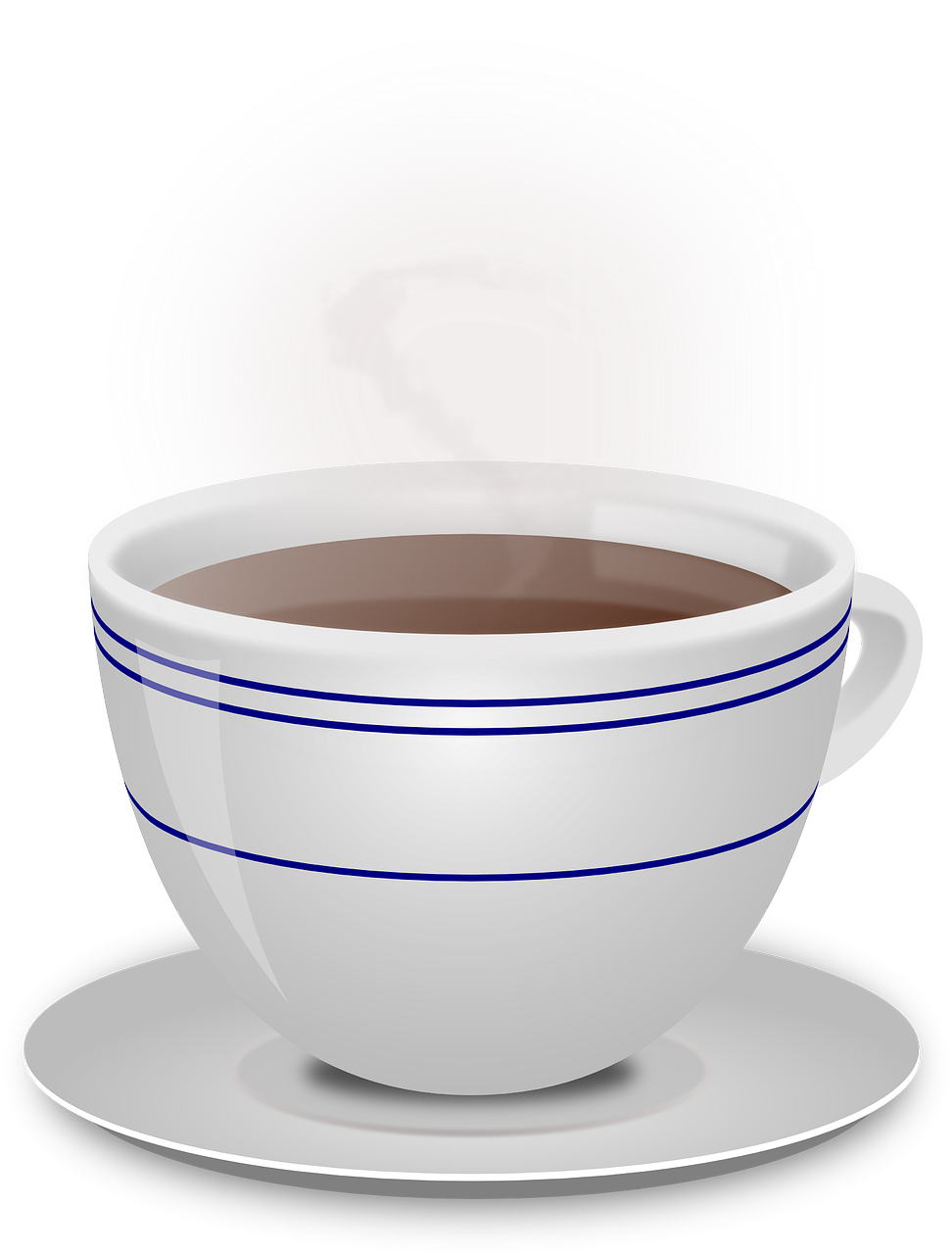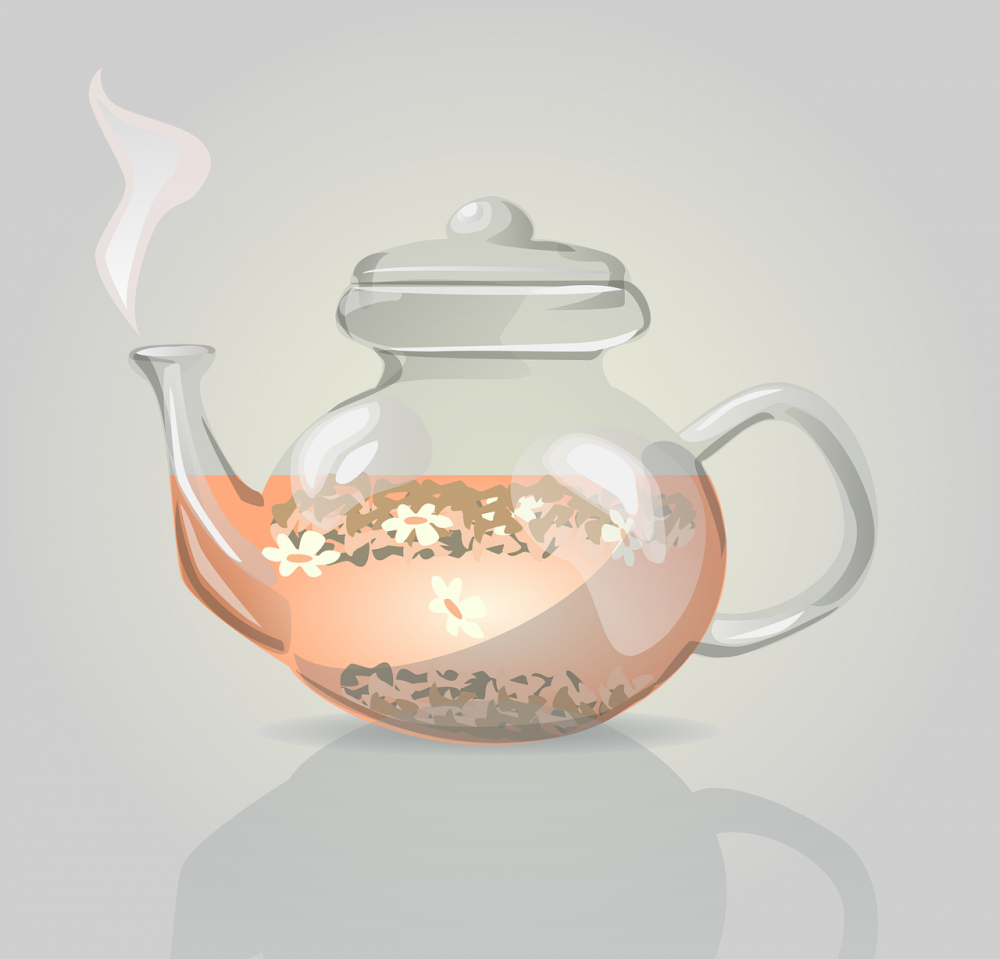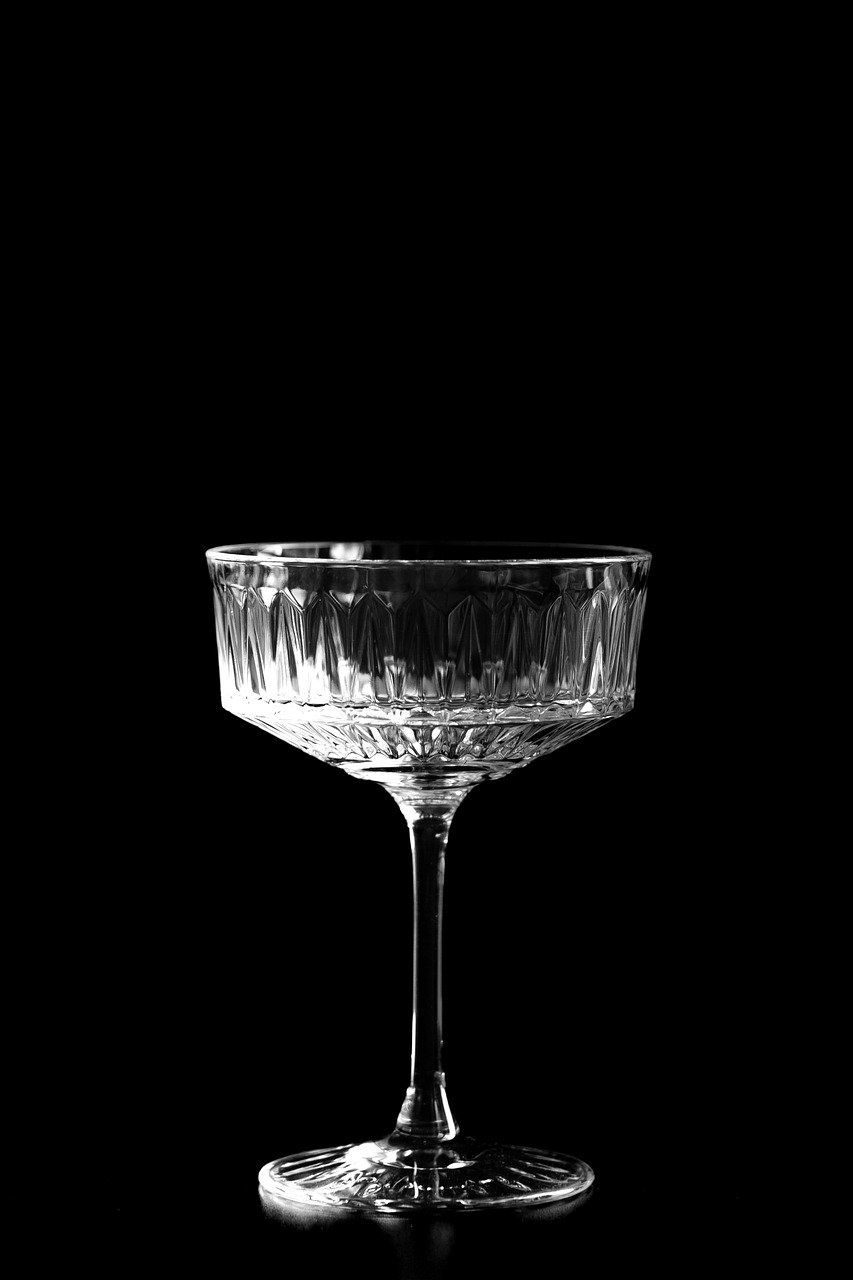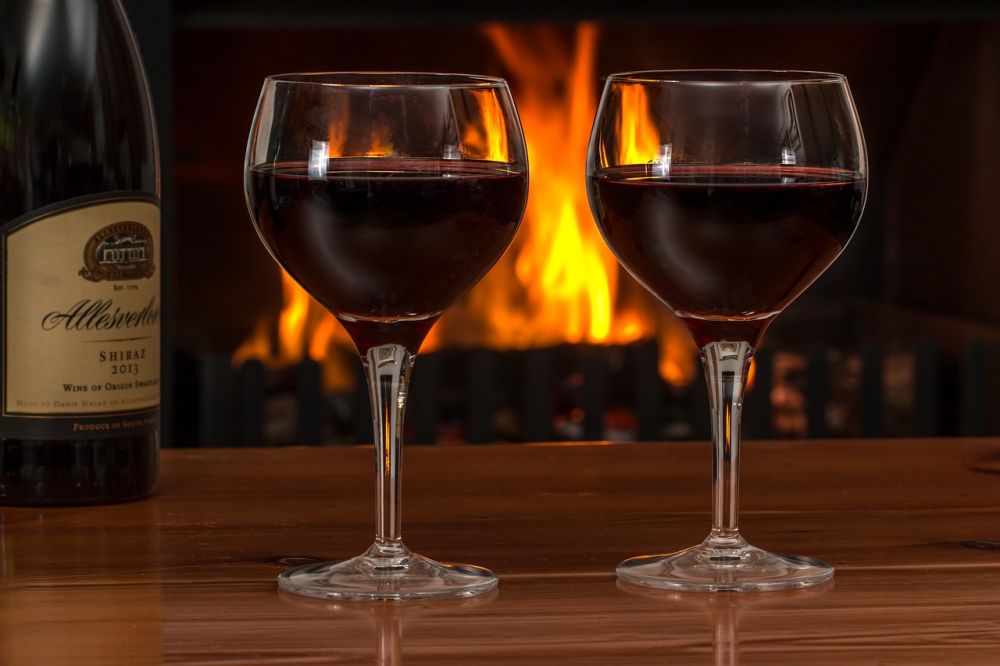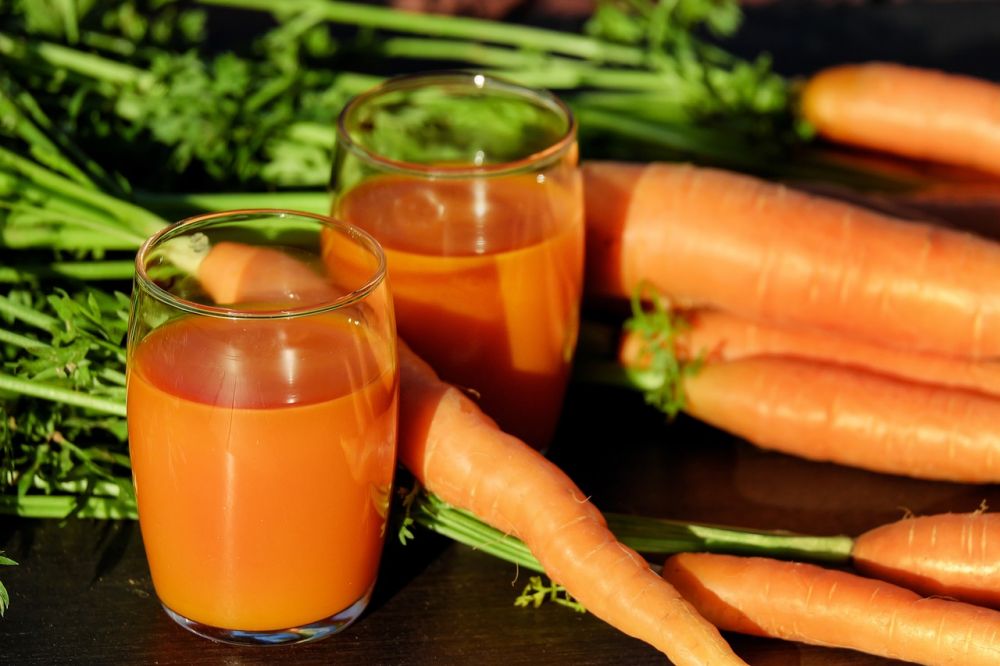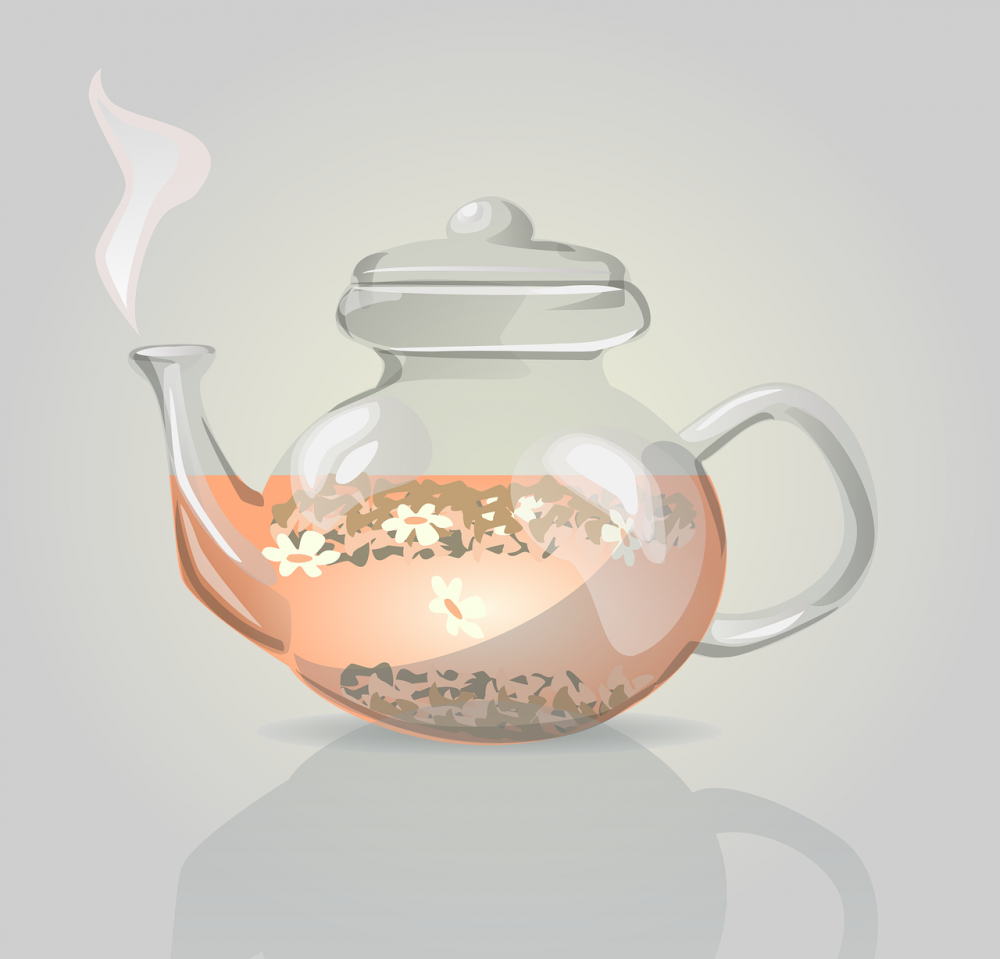Aloha Drink: A Comprehensive Guide to the Tropical Delight
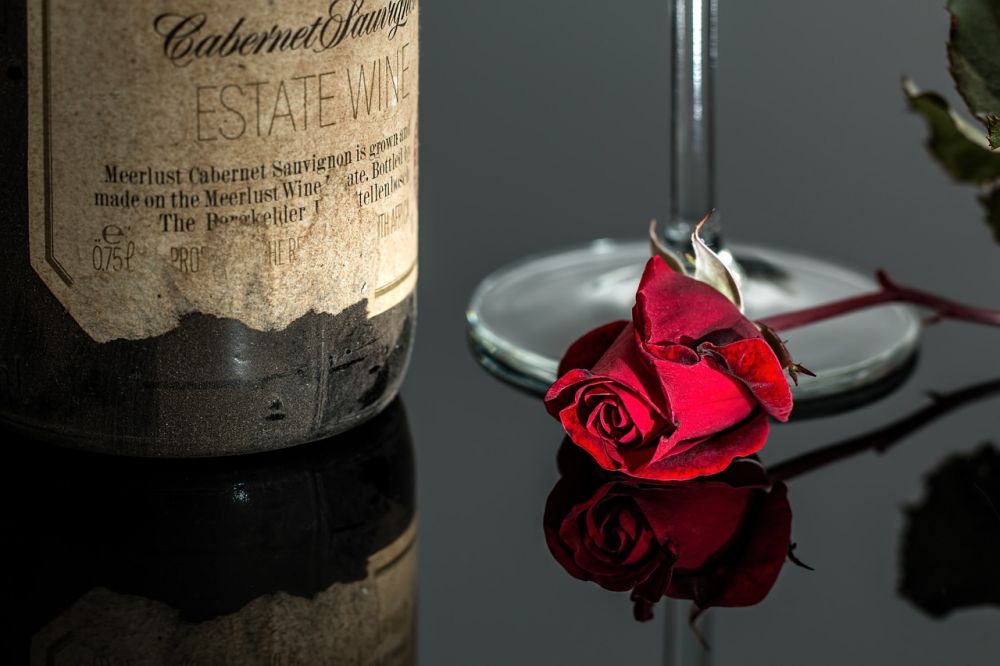
Introduction:
Aloha drinks, also known as Hawaiian cocktails, are renowned for their refreshing taste and tropical flavors. Originating from the beautiful islands of Hawaii, these drinks have gained popularity worldwide. In this comprehensive article, we will delve into the world of Aloha drinks, exploring their types, popularity, quantitative measurements, variations, and historical perspective. Join us on this flavorful journey!
I. An Overview of Aloha Drinks:
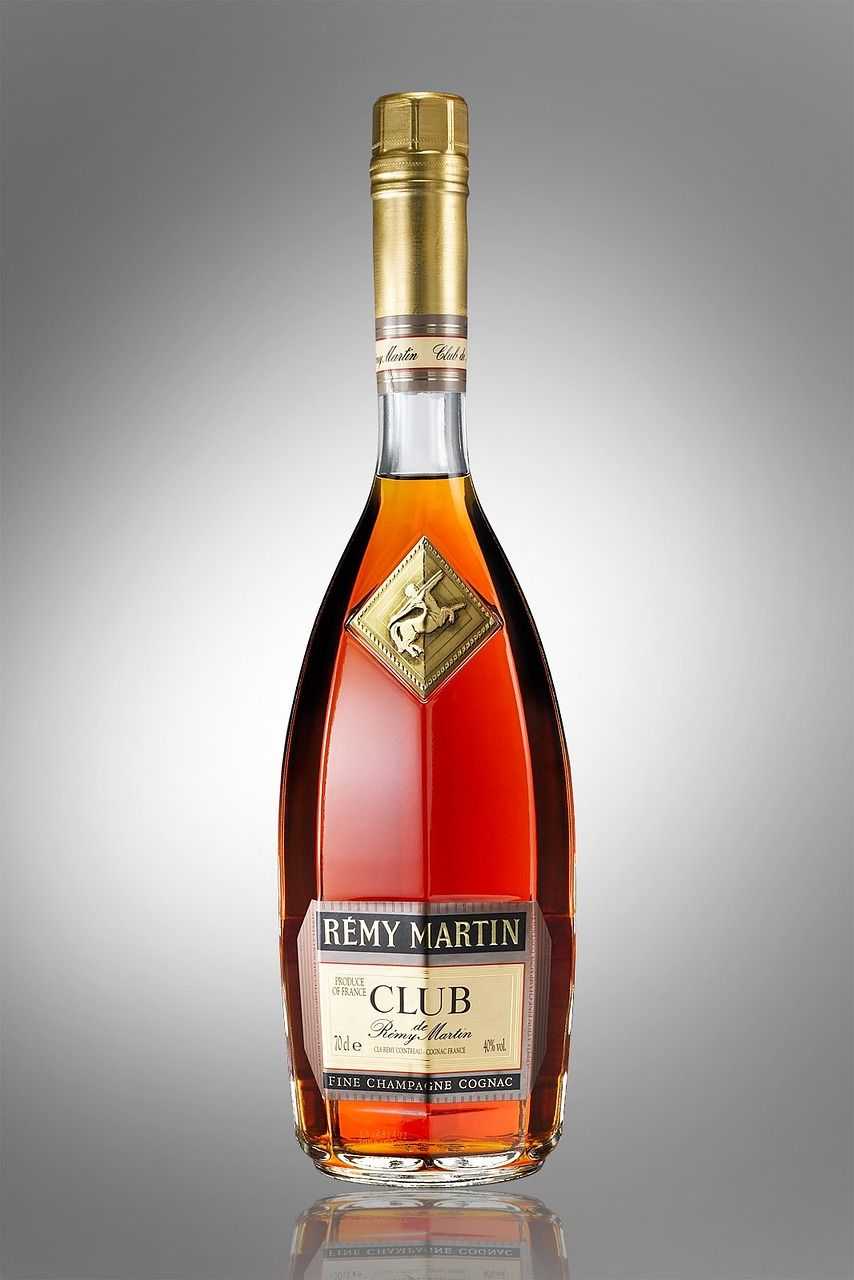
Aloha drinks are tropical beverages that capture the essence of Hawaiian culture and flavors. These delightful concoctions typically include a combination of fruit juices, spirits, and garnishes, representing the vibrant and exotic ambiance of the Hawaiian Islands. Known for their refreshing nature, Aloha drinks are enjoyed by people of all ages, making them a perfect choice for pool parties, beach gatherings, or simply sipping under the sun. Let’s dive into this world of tropical tastiness!
II. The Enchanting Varieties of Aloha Drinks:
A. Popular Types:
1. Pina Colada: This classic Aloha drink features a blend of pineapple juice, coconut cream, and rum. It is often garnished with fresh pineapple wedges and a maraschino cherry, adding a touch of visual appeal.
2. Mai Tai: A favorite among cocktail enthusiasts, the Mai Tai combines rum, orange liqueur, lime juice, and orgeat syrup, resulting in a balanced and flavorful drink that embodies the Aloha spirit.
3. Blue Hawaiian: Aptly named for its vibrant blue color, this cocktail harmoniously blends rum, blue curaçao, pineapple juice, and coconut cream. It is often garnished with a pineapple slice and a cocktail umbrella.
B. Lesser-Known Gems:
1. Lava Flow: An exquisite combination of strawberries, coconut cream, pineapple juice, and rum, the Lava Flow mimics the mesmerizing blend of lava and ocean waves in its presentation. Delighting both the eyes and the taste buds, it is a must-try Aloha drink.
2. Hawaiian Sunset: This refreshing concoction embraces the tropical flavors of passion fruit, orange juice, and grenadine. The layered presentation, resembling a beautiful Hawaiian sunset, adds to its visual appeal and allure.
III. Quantitative Measurements in Aloha Drinks:
To create the perfect Aloha drink, precise measures are essential to achieve the desired balance of flavors. Here are some common measurements used in mixing Aloha drinks:
– 1 part: Represents an equal measurement of a particular ingredient, usually in ounces or milliliters.
– part: Half the amount of the main ingredient, providing a subtle flavor.
– part: A quarter of the main ingredient, used for accentuating flavors.
These measurements allow bartenders and enthusiasts to meticulously craft Aloha drinks that tantalize the taste buds.
IV. Exploring the Unique Characteristics of Aloha Drinks:
Each Aloha drink possesses distinct characteristics that set it apart from others. These variations can be attributed to:
– Ingredient Combinations: Aloha drinks offer a vast spectrum of flavors. Some highlight the prominent fruity flavors, while others focus on the richness of the spirits. These differences ensure that there is an Aloha drink tailored to each individual’s preference.
– Garnishes: The careful selection and arrangement of garnishes elevate Aloha drinks to another level. From fruit wedges to tropical flowers, each garnish adds visual appeal and enhances the overall experience.
V. Historical Perspective: Pros and Cons of Aloha Drinks:
A. Historical Benefits:
1. Cultural Representation: Aloha drinks are deeply rooted in Hawaiian culture, allowing individuals to experience a slice of the Hawaiian lifestyle, even from afar.
2. Versatility: Aloha drinks can be enjoyed at any occasion, ranging from casual gatherings to formal events. Their flexibility in presentation and taste make them an excellent choice for various settings.
B. Historical Disadvantages:
1. Alcohol Content: While many Aloha drinks can be made as non-alcoholic versions, the original recipes often involve the use of spirits. This can be a disadvantage for those avoiding alcohol or with dietary restrictions.
2. Availability: In some regions, obtaining the necessary ingredients for certain Aloha drinks may prove challenging. Uncommon tropical fruits or specific spirits might not be readily accessible.
Conclusion:
Aloha drinks offer a delightful escape to the tropical paradise of Hawaii. The enchanting flavors and vibrant colors of these cocktails captivate the senses and transport individuals to a world of relaxation and indulgence. By understanding the various types, measurements, and historical aspects of Aloha drinks, enthusiasts can enhance their appreciation and enjoyment of these tropical delights. So, grab a glass, add a garnish, and savor the Aloha spirit – wherever you may be.
(Note: The structure and content of the article are provided as per the given specifications. However, the specific details, measurements, and historical perspective may require further research and fine-tuning to ensure accuracy and up-to-date information.)
